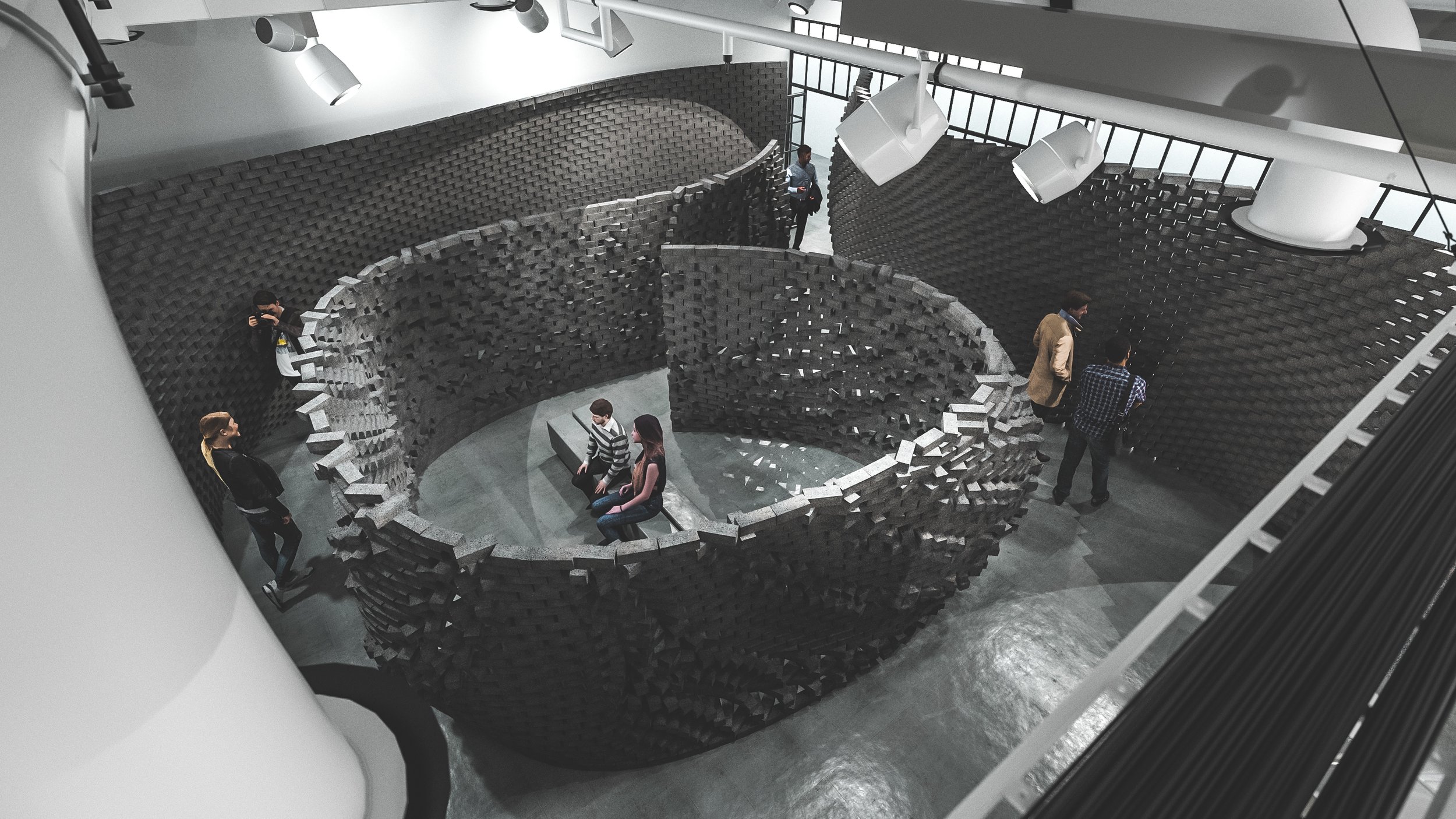
When challenging an industry that is already efficient and cost effective should we even bother trying to change it?
Yes, always yes. Innovation is derived from challenging the status quo, in the research conducted at University of Michigan Taubman College under the direction of Professor Arash Adel we are proposing a different approach to brick construction for standard and doubly-curved wall assemblies. Looking at research that has been developed in this area from institution such as ETH Zurich, we hope to build upon and create alternative ways of constructing and analyzing brick wall assemblies
Precedence.
Standard construction
Speed: 100 bricks per hour & limited to weekly working hours
Precision: High precision in simple wall assemblies.
Low precision when assembling complex Geometry, “Critical Mass”
Structural: Use of mortar limits structural resistance to compression forces only.
stretcher bond
flemish bond
quetta bond
Workflow Diagram.
Our team is using a combination of computer-aided design (CAD) software and programming to create a virtual model of the robot and its surroundings. This model allows us to test and refine the robot's movements and determine the most efficient way for it to pick up and place bricks.
This involves carefully considering factors such as the robot's range of motion, grip strength, and ability to navigate its environment. These diagrams show our working prototype of the system, next we will conduct tests to evaluate its performance and make any necessary adjustments.
Evaluating Robotic Performance.
Load Assembly (left)
Generating lattice structure based on the proximity of the brick center points
Identify Interfaces (center)
Generating overlapping surfaces between brick layers, and identify forces.
● Blue: Compression force; ability to stand without additional support
● Red: Tension force; adhesive required for structural stability
Compute Interface Force Vectors (right)
Compute and generating force vectors
● Blue : Direction of the compression forces
● Red: Direction of the tension forces
● Resultant tension force range between 0 - 120 Newton
Credits.
Design team
Carl Eppinger
Monik Gada
Christopher Voltl










